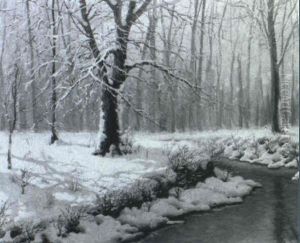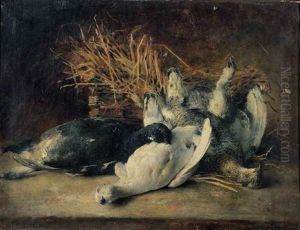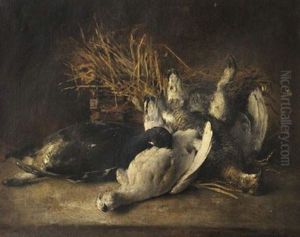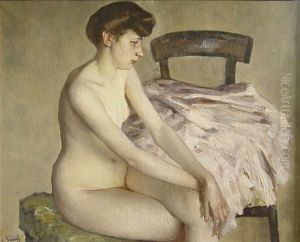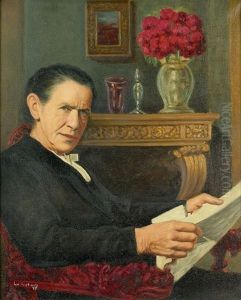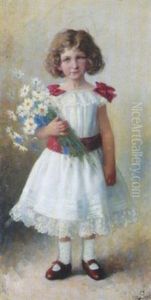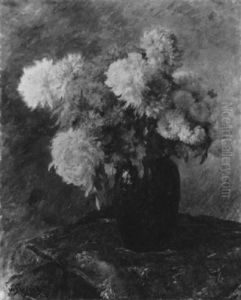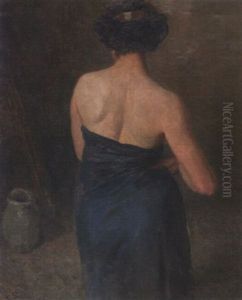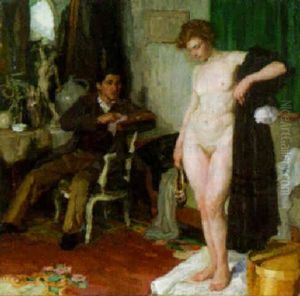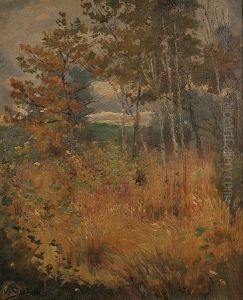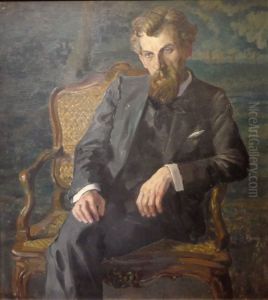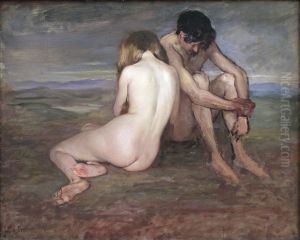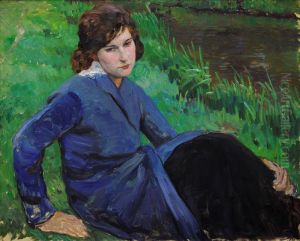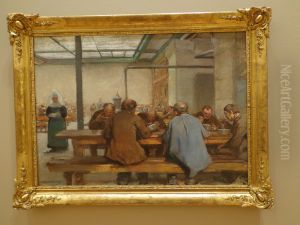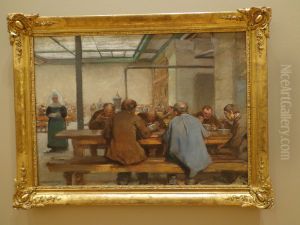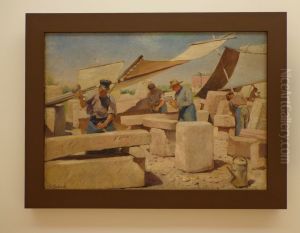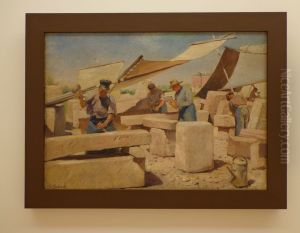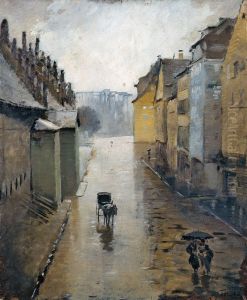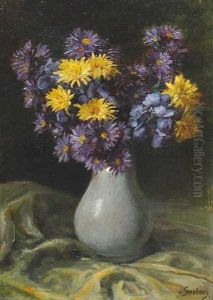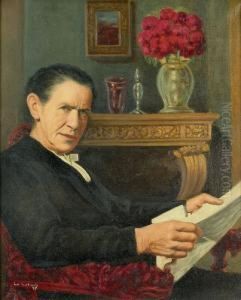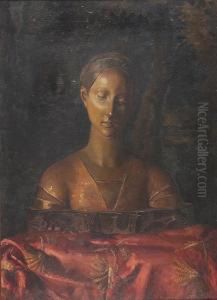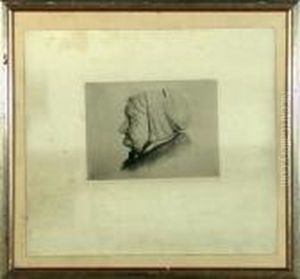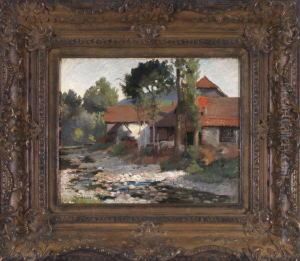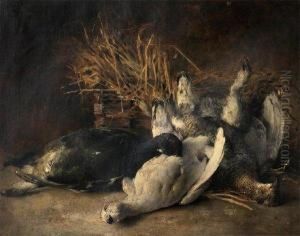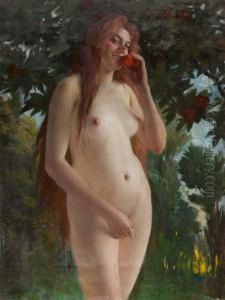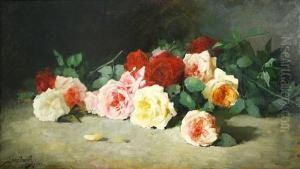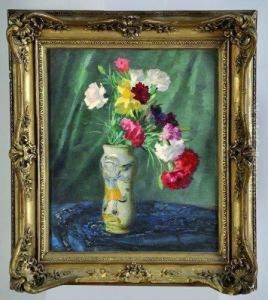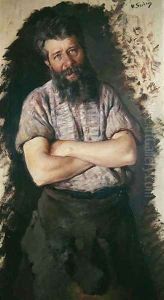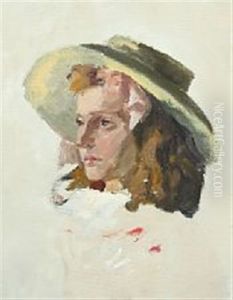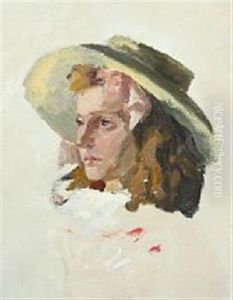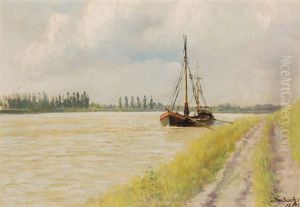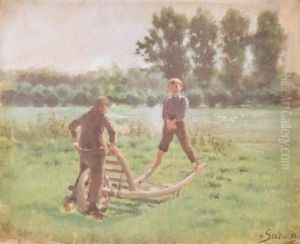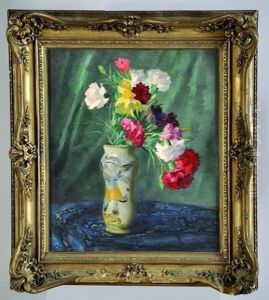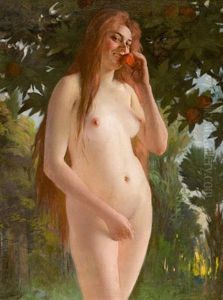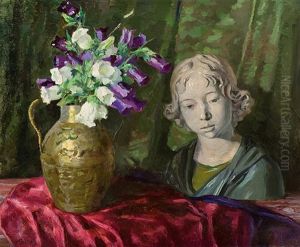Lothar von Seebach Paintings
Lothar von Seebach, born in 1853 in Mutzig, Alsace (then part of the Second French Empire, now in France), was a multifaceted artist known for his contributions as a painter, engraver, and watercolorist. His artistic journey began in earnest after he completed his education at the Academy of Fine Arts in Karlsruhe, where he was influenced by the teachings of Hans Canon and Ferdinand Keller. Seebach's early works showcased his adeptness in various mediums, including oil painting, watercolor, and etching, demonstrating a versatile skill set that would define his career.
After his studies, von Seebach's career took him across Europe, with significant time spent in Paris, a vibrant hub for artists in the late 19th and early 20th centuries. His time in Paris exposed him to the burgeoning Impressionist movement, which had a lasting impact on his style. Seebach embraced the Impressionist focus on light and color, integrating it with his distinct sense of composition and subject matter. Despite the influence of Impressionism, Seebach's work cannot be categorized strictly within any single movement. His oeuvre includes landscapes, portraits, and genre scenes that reflect a blend of traditional and modernist tendencies, characterized by a delicate use of color and light.
Throughout his career, Seebach remained deeply connected to his Alsatian roots, which influenced the subjects of many of his paintings. His landscapes of Alsace, with their vivid portrayal of the region's natural beauty and cultural charm, are particularly noteworthy. These works not only showcase his technical prowess but also his deep affection for his homeland.
In addition to his paintings, Seebach was an accomplished printmaker. His etchings and engravings, which include both original compositions and reproductions of his paintings, are marked by a keen attention to detail and a masterful handling of line and texture. These works contributed significantly to his reputation and allowed his art to reach a wider audience.
Lothar von Seebach's contributions to art were recognized in his time, and he was a member of various artistic societies. Despite the recognition, he remains a somewhat understated figure in art history, appreciated more by connoisseurs and specialists than by the general public. His death in 1930 marked the end of a career that spanned several pivotal periods in art history, from the late Romantic era through the dawn of modernism. Today, his work is preserved in museums and private collections, offering a window into the transitional period of European art at the turn of the 20th century.
